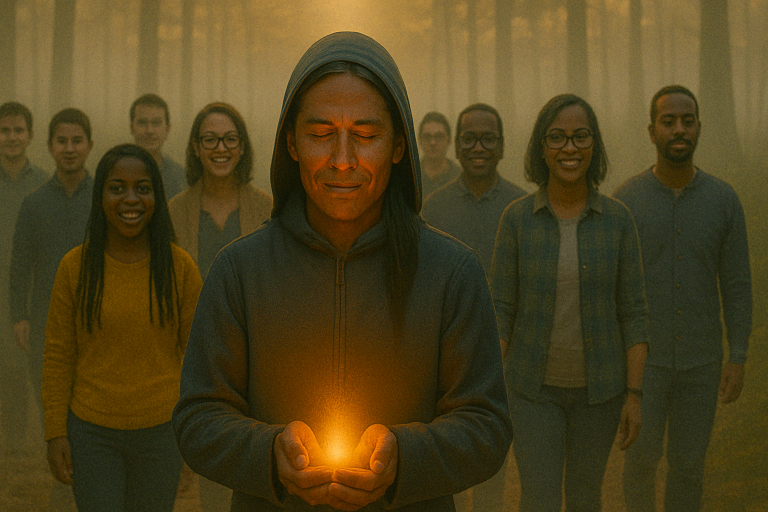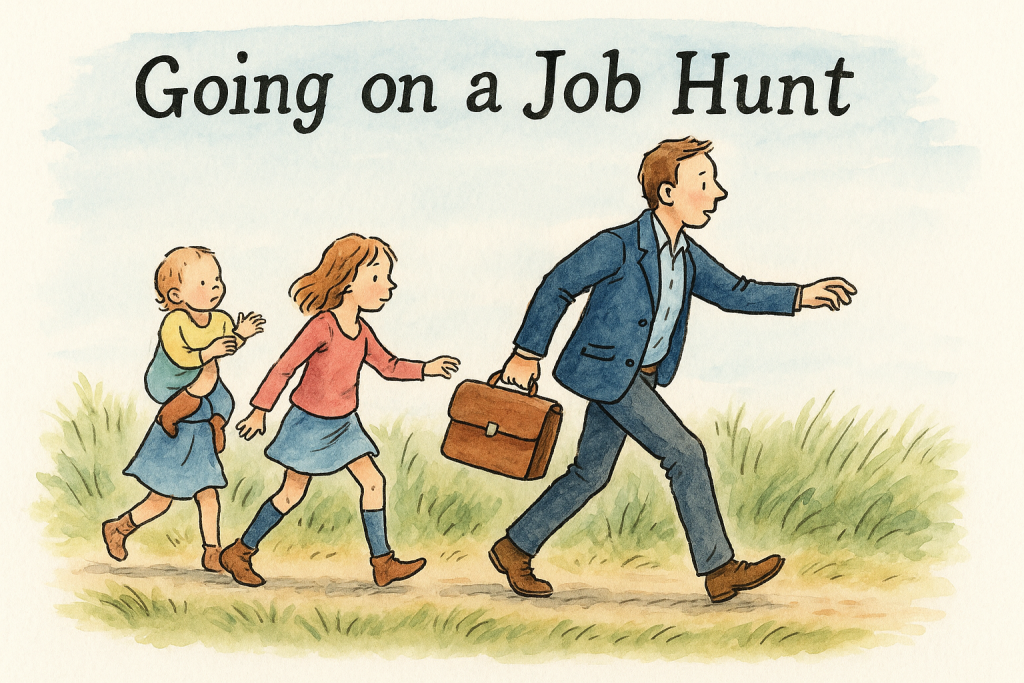Are you starting fires or carrying them? A reflection on tech, games, and the quiet power of stewardship over speed.
Among many Indigenous cultures, particularly in Native American traditions, there was a respected and essential role: the fire carrier. These individuals were entrusted with transporting embers between settlements, ensuring that a flame—representing warmth, safety, and continuity—was never lost.
In Anishinaabe teachings, as shared in The Mishomis Book by Edward Benton-Banai, fire is more than a survival tool. It is sacred, symbolic of life, identity, and connection to those who came before. The role of the fire keeper wasn’t about making a scene; it was about being present, careful, and consistent.
Today, technology allows us to light metaphorical fires with extraordinary ease. Tools, platforms, and processes let us ship, scale, and spark with little more than a good idea and some bandwidth. But the question remains: are we prepared to carry what we ignite?
The Spark & The Flame
Fire starters are drawn to velocity. They generate excitement, seize momentum, and thrive on novelty. Much of what we call innovation depends on this kind of energy—on people willing to take risks and move fast.
But sparks don’t last.
Fire carriers operate with a different kind of intent. They think beyond the launch window. They pay attention to context, continuity, and consequence. They ask not just can we, but should we—and what happens next?
We tend to romanticise the spark. But in any system that matters, someone has to stay and tend the fire.
I think of a story my father once told me, about radar stations during the 1980s. The rooms were sealed and dark, and operators sat for long stretches in front of phosphor-coated CRT displays. Occasionally, when the screens were powered up or reset, they would emit a brief, intense flash. Now combine that with dry air, polyester uniforms, and the liberal use of hair product at the time—and you had a real risk of something catching alight. To mitigate it, staff were issued protective head coverings. Not for radiation, but to stop their hair from igniting.
It sounds absurd now, but it illustrates the point: even the most routine technology can cause damage when its consequences aren’t fully considered. Just because something functions doesn’t mean it’s safe. Or wise. Or finished.
From Flash to Lasting Flame: Game Development
This contrast—between lighting fires and carrying them—is everywhere in games development.
The rise of tools like Unity and Unreal Engine has transformed accessibility. What once required a team of specialists now demands little more than persistence and an internet connection. Platforms like Steam make it easy to distribute work and gain visibility.
The result is a tidal wave of creative output. Sparks everywhere.
But the games that endure—the ones that leave a mark—tend to come from those willing to stay with their ideas. To iterate, polish, reflect, and occasionally reimagine. Celeste, Journey, and This War of Mine weren’t just projects; they were sustained, deliberate acts of care.
In a talk at GDC, Celeste’s developers explained how every design decision was rooted in emotional intent. Difficulty wasn’t about punishment; it was about narrative, identity, and growth. The result was a game that connected with people far beyond its mechanics.
Igniting Minds or Lighting Fires? Educational Crossroads
This spark-carrier split also shows up clearly in education technology.
There’s no shortage of fire starters in EdTech—teams building fast, promising disruption, shipping MVPs in weeks. And some of it is genuinely useful. But much of it stops short. The product gets launched, the dashboard looks impressive, and the flame is left unattended.
True educational impact doesn’t scale like code. It requires presence, dialogue, and long-term engagement. It demands reflection on who’s learning, how they’re supported, and what kind of society the technology is helping to shape.
Robin Wall Kimmerer’s Braiding Sweetgrass frames this as reciprocity—the idea that knowledge must be received and shared with care. Education, like ecology, is a relationship, not a transaction.
This same idea appears in The Practice of Adaptive Leadership, where Heifetz and colleagues distinguish between technical fixes and adaptive work. The latter takes time. It’s not about tools—it’s about people learning to navigate change together. And that takes someone who stays. Someone who carries the fire.
Reflecting the Flame
So: in your work—whether you’re making games, building tools, shaping policy, or leading a team—are you starting fires, or are you carrying them?
There’s value in both. But in a culture that worships the spark, we may need to rediscover the quiet power of presence. The slow, careful work of stewardship. The courage to stay long after the spotlight moves on.
Because ultimately, it’s not the brightness of your spark that matters.
It’s the warmth of the flame you’ve helped keep alive.



